【Miyama/Kyoto】Just 1 Hour from Kyoto Station! The pristine landscape of rice fields, mountains, and rivers becomes exclusively yours.
| Casestudy | Traditional House Renovation |
A drive of approximately one hour from Kyoto Station takes you to a house with a thatched roof, nestled amidst rice fields, mountains, and rivers, in an area where Japan’s original landscape remains. We introduce a renovation case of a traditional house that can no longer be replicated with new construction.
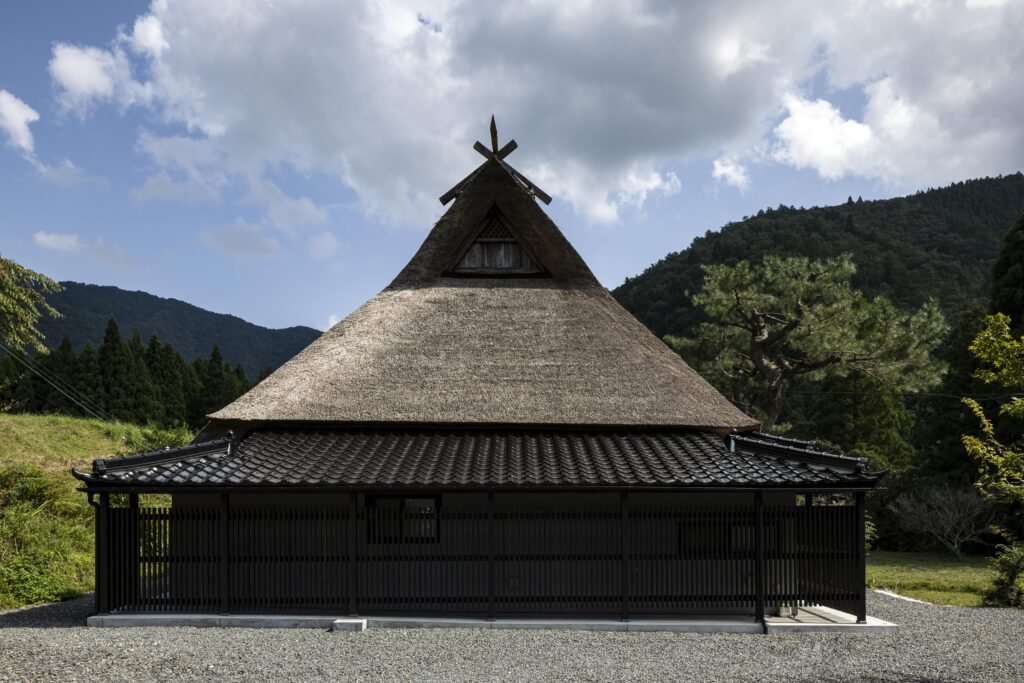
A Thatched Roof Ideal for Japan’s Four Seasons: Cool in Summer, Warm in Winter
When people think of traditional Japanese houses, many envision a thatched roof. However, thatched roofs are prone to fire and difficult to maintain, making them impractical for new construction. Moreover, due to the necessity of regular maintenance, it’s challenging to repair and maintain upkeep without skilled artisans nearby. Miyama in Kyoto is a rare place where many traditional thatched-roof houses remain, along with a significant number of thatching craftsmen. Considering the characteristic of thatched roofs—being cool in summer and warm in winter—and the local climate, Miyama is an ideal place to fully enjoy living in a thatched-roof house. It’s here that Namazu Construction renovated an old farmhouse. While it was their first experience with a thatched roof, it was made possible due to the expertise of Mr. Kishimoto, who has knowledge in this design, and the collaboration with other local craftsmen.
A Tea Room at the Entrance: A House Where Hobbies Can Be Enjoyed Luxuriously
What’s surprising is having a tearoom right in the entrance’s earthen floor—a truly unexpected sight. Here, you can enjoy a formal tea ceremony at a table. Additionally, there are tea rooms with both flooring and an centrally placed charcoal fireplace in an earthen floor. In addition, there are also tatami rooms, making it a house with three tea rooms in total. It’s said that during tea ceremonies (check here for tea ceremony details), guests can enjoy tea while moving between rooms. This layout would likely not be proposed by anyone other than Mr. Kishimoto, who is also a tea master. The original house already had a tearoom, and while incorporating that, they’ve maintained some parts, like the pillars in their original state. Yet, new proposals and conveniences were also introduced that harmonize with the existing elements. Leveraging the past sometimes involves tasks like extracting buried pillars or finding materials that match both in appearance and structure—tasks that require time, effort, and expertise not typically required in new construction. Namazu Construction not only handles these aspects but also adds charm and sophistication to the entire project.
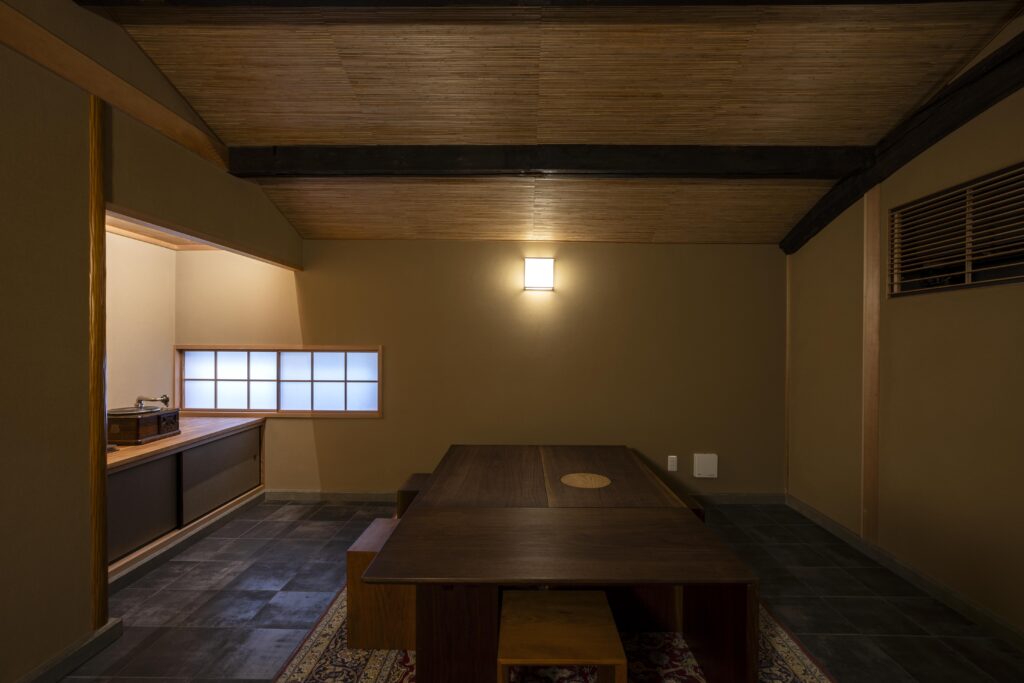
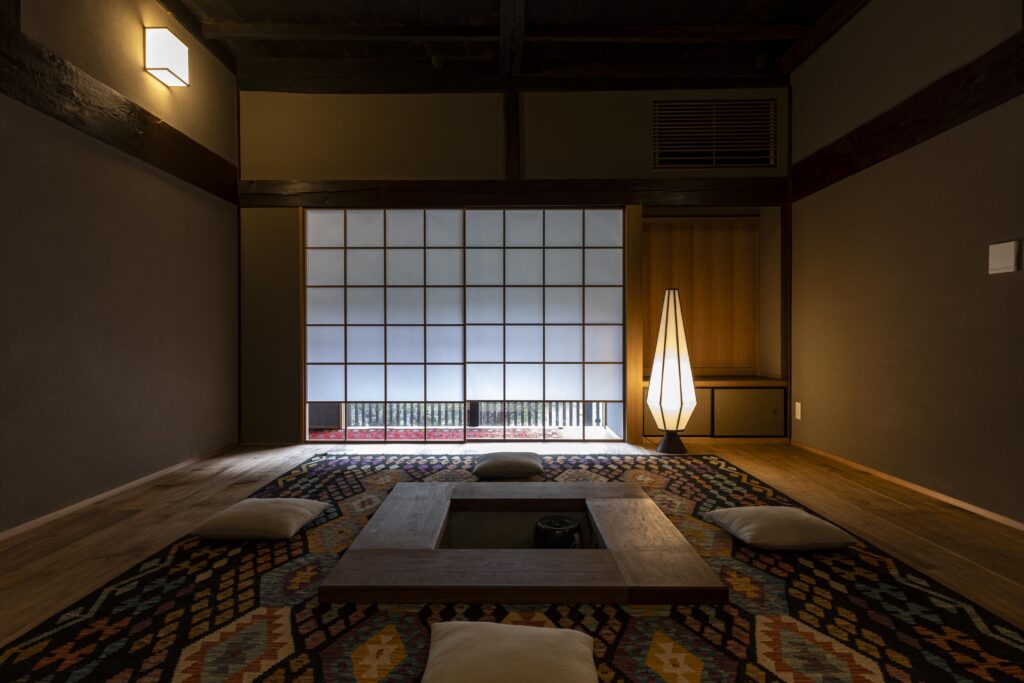
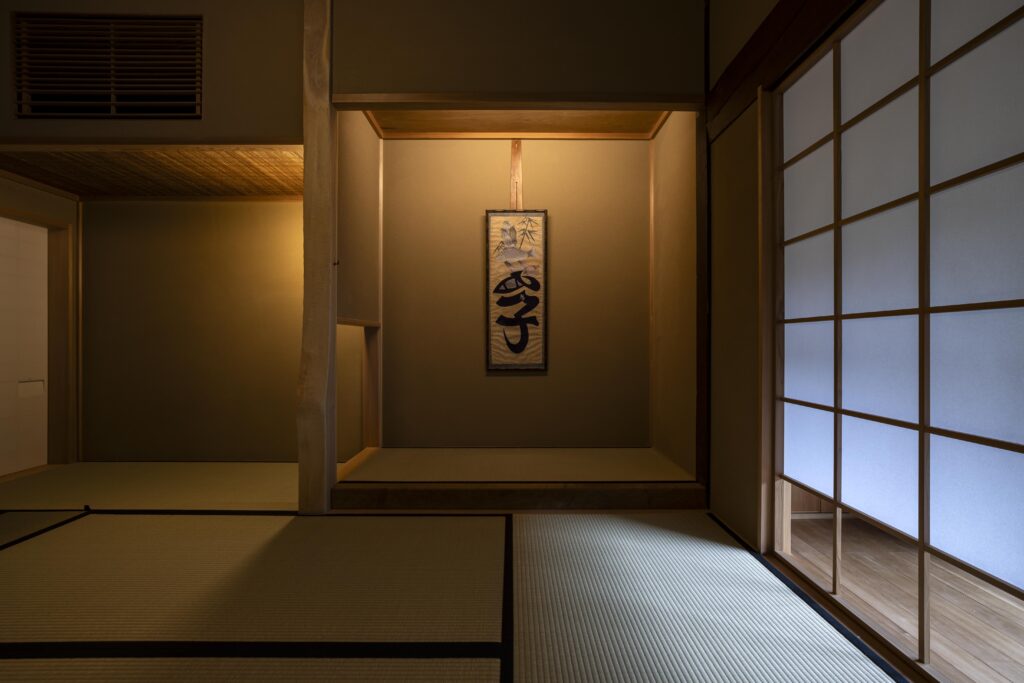
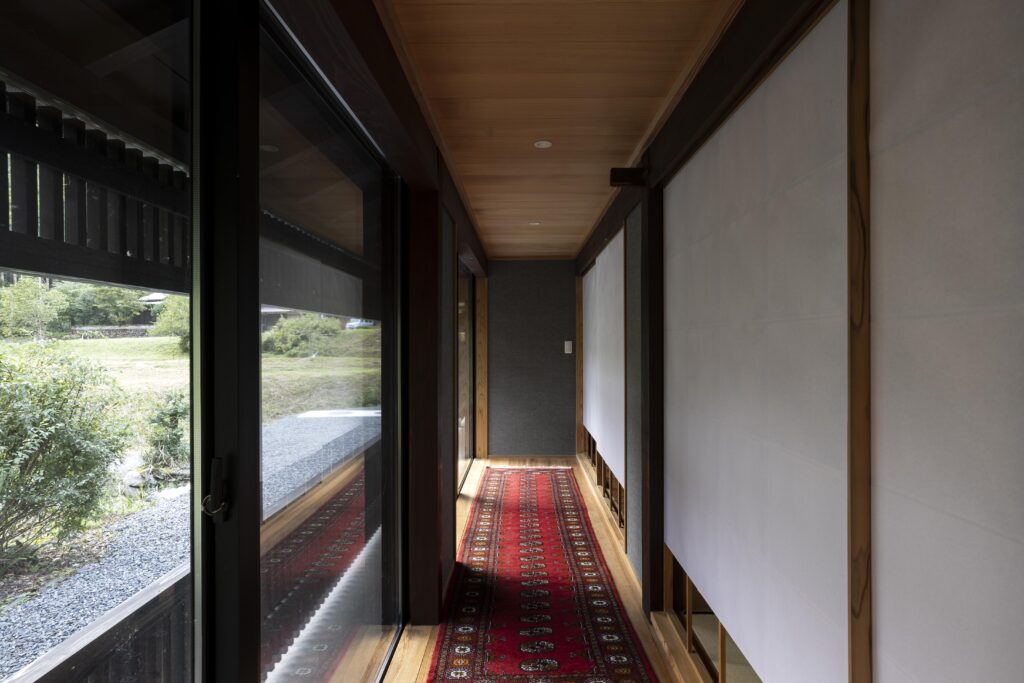
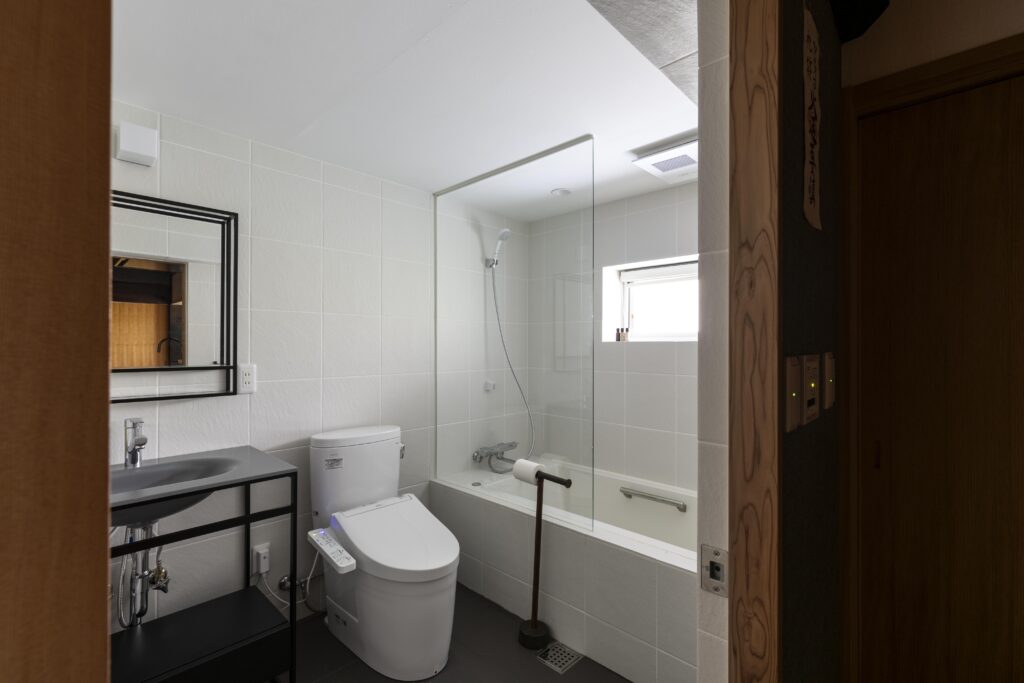
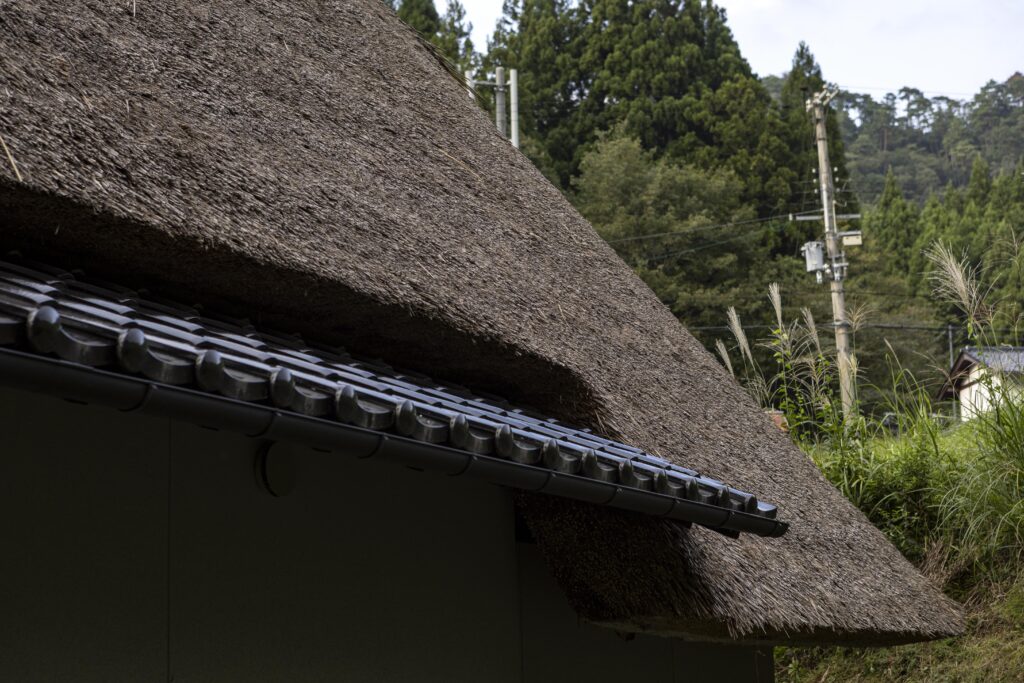
“Actually, I wanted to use it myself,” Mr. Kishimoto says. He also shares his fondness for the house he worked on, this location, and even the name “Tauta” in Miyama Town. It’s a thatched roof case filled with Mr. Kishimoto’s passion and expertise.
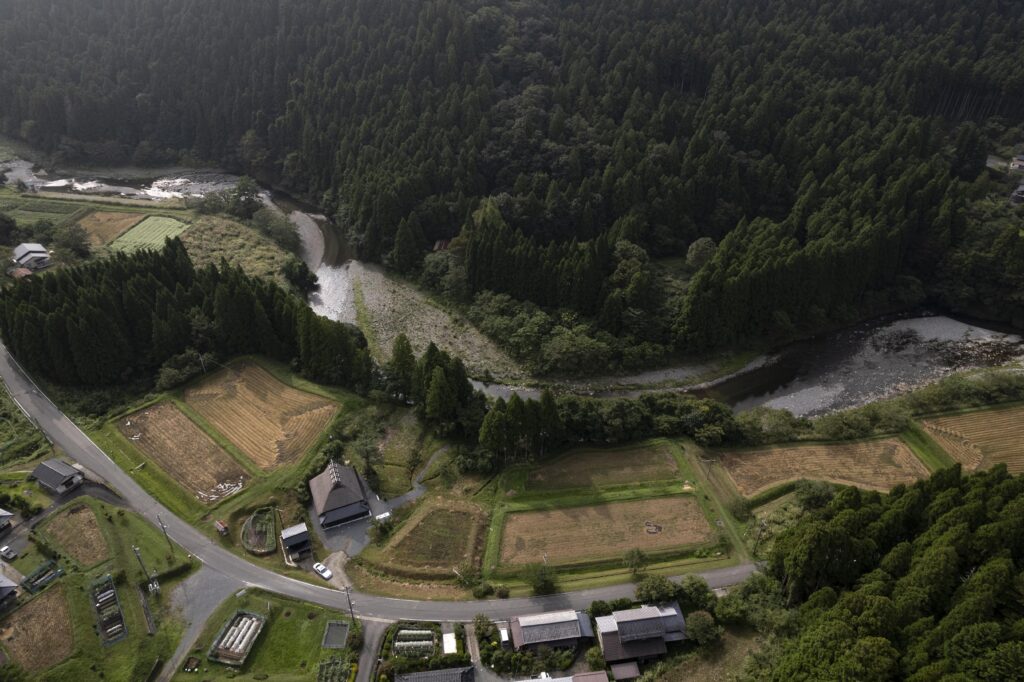
| Casestudy | Traditional House Renovation |
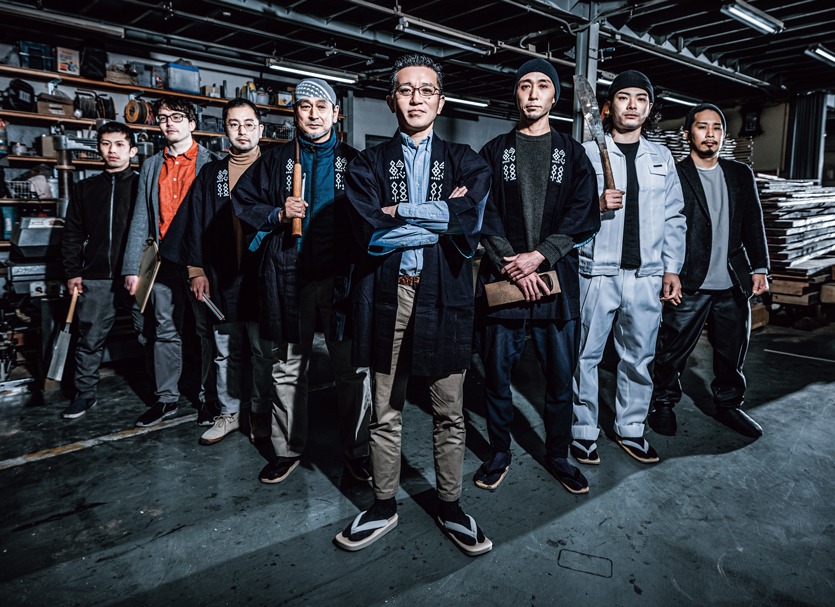
What’s NAMAZUGUMI?
“NAMAZUGUMI” is a Japanese carpentry group. They specialize in wooden construction and aim to deliverJapanese traditions. From design to material selection, finishing, and construction, they believe in craftsmen taking care of every step of the home-building process. JAPANDORAKU offers the opportunity to create the ultimate Japanese-style home through a carpentry experience with the craftsmen of NAMAZUGUMI, resulting ina unique home tailored to you.
